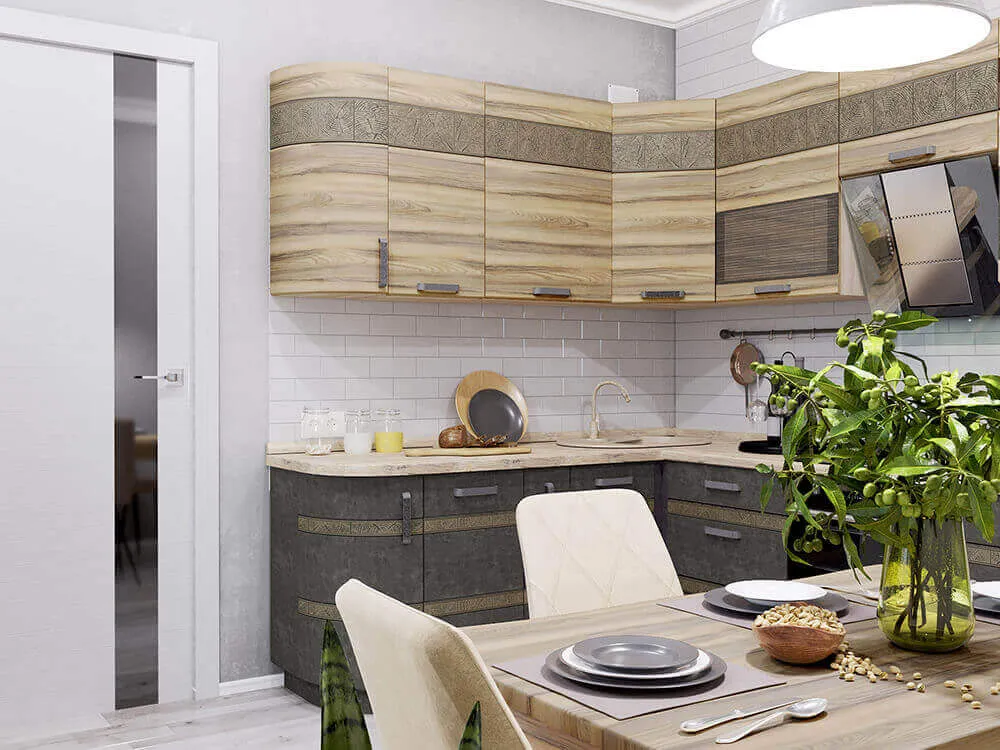There can be your advertisement
300x150
How to Combine a Living Room and Bedroom?
Square meters in modern apartments are so valuable that many residents of multi-story buildings don’t hesitate to combine the functions of several rooms into one. For example, a bedroom is "integrated" into the living room. How simple is it?
You can maximize limited space in several ways: by placing compact foldable furniture or defining functional zones with partitions.- Ergonomic furniture.It is typically made from lightweight materials (rattan or aluminum), so it easily moves around the room or transforms depending on the task. It's an excellent way to save space in already small rooms.- No wardrobe, no way?Of course, focus should be on low furniture, but it’s unlikely you can avoid a wardrobe for storing clothes. Therefore, it’s recommended to choose models with solid-colored or mirrored sliding doors, which help visually expand the space.- Less brightness.It’s best to avoid excessive bright colors and small details on furniture and other large surfaces—walls, floors, sofas. The sofa is the most important element in a bedroom-living room: when folded and supplemented with a set of armchairs, it becomes an indispensable place for hosting guests, and at night it can transform into a comfortable sleeping area.- Sofa or bed?It must be admitted that constantly folding and unfolding a sofa is often inconvenient. Therefore, it’s better to clearly separate the sleeping zone: place it in the coziest, well-lit, and well-ventilated area of the room.- Universal partition.To create a sense of separation from the main space in a bedroom-living room, several types of partitions are used, which can be roughly divided into fixed and mobile. Fixed ones may be made from drywall, glass, or designed as shelves, racks of varying heights, or other decorative elements. Their placement depends on the bed’s location: if the bed only touches the wall at the headboard, a single partition at the foot is recommended (this allows convenient access to the bed from both sides); for corner beds, partitions installed along their sides are ideal.- Vertical partition.Besides traditional floor-to-ceiling partitions, you can also use narrow vertical partitions that extend from the wall or hang from the ceiling near the headboard. Protruding no more than half a meter, they don’t clutter the room, keeping it airy and spacious.- Mobile partition.These can be made as sliding room dividers (solid or semi-transparent) from glass, plastic, or fabric. Such partitions don’t obstruct space and allow you to hide the bedroom zone from view at any moment.What do you think—should a living room and bedroom be combined?







